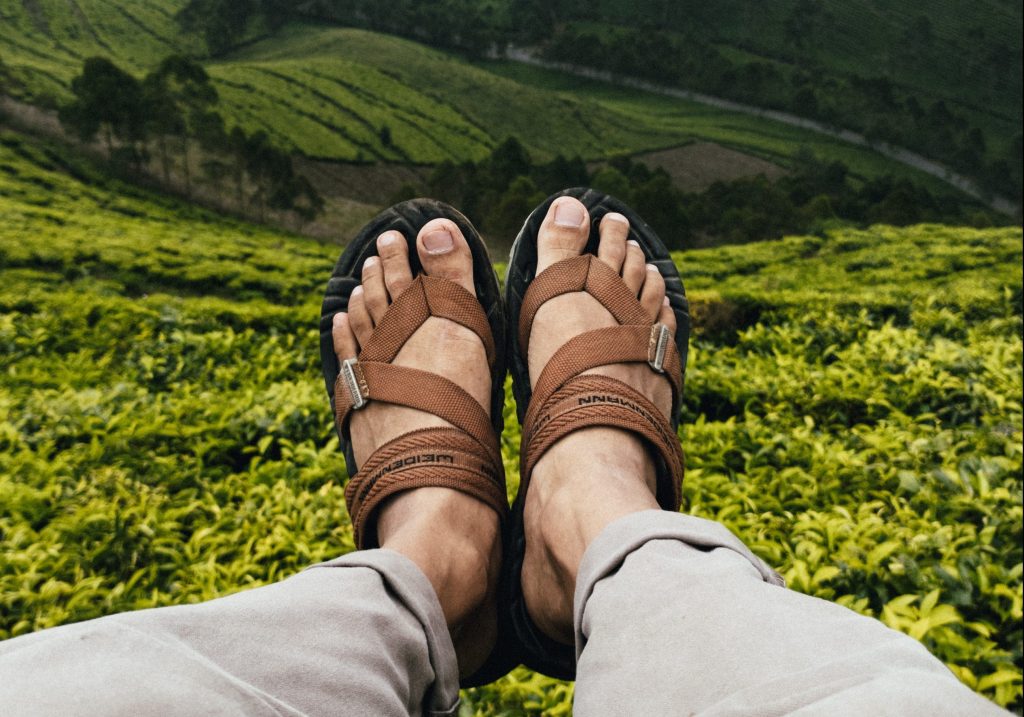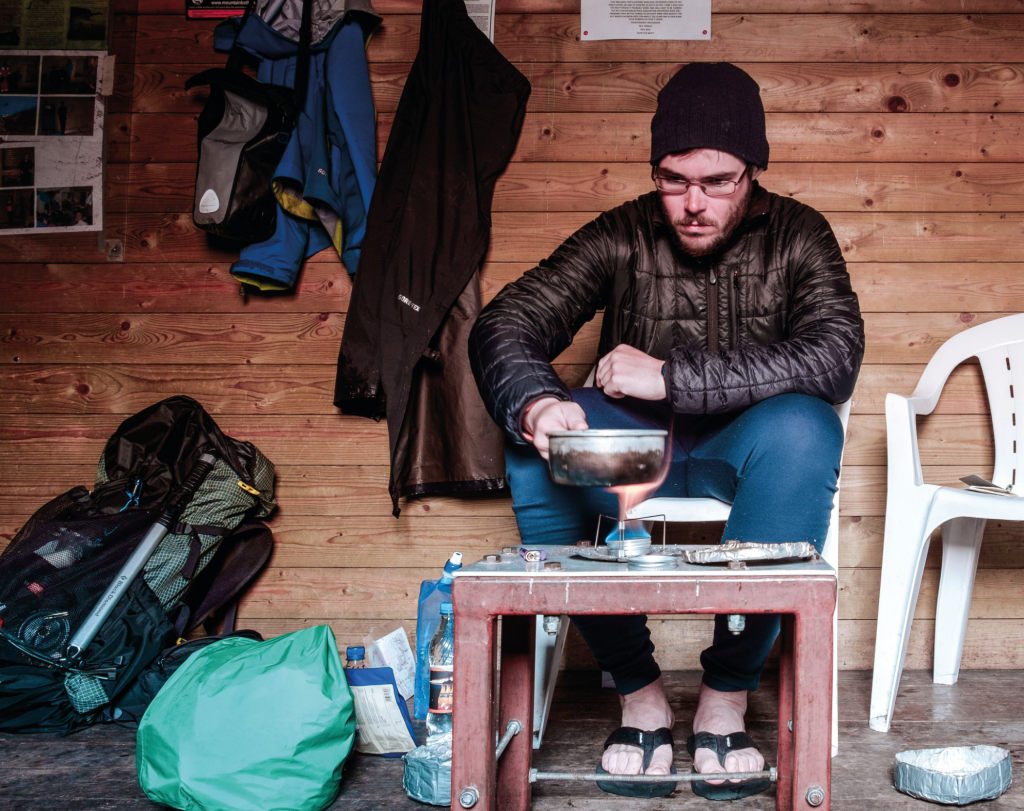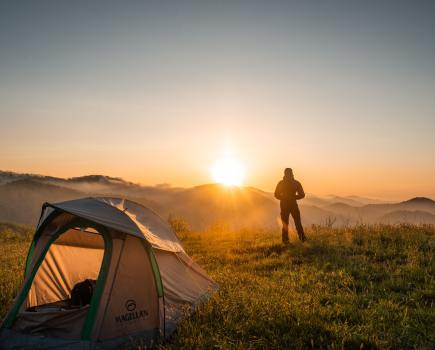Hiking sandals have numerous benefits. They allow your feet to breathe and feel a greater connectedness with the ground below you. On long trail days their breathability can prevent sweating and swelling and better guard against blistering at hotspots. Or for those still dedicated to trail runners or hiking boots, most sandals are lightweight enough to stow in your pack and bring out at base camp to let your toes see the light of day. Bliss.
But with the extra freedom comes some sacrifice. In the case of hiking sandals the compromise is most greatly felt in the protection department. All of that lovely fresh air between your toes means more fallible flesh and skin on show, open to the sometimes unforgiving elements and thus vulnerable to both injury and discomfort. So, should you wear socks with hiking sandals?
Pairing a hiking sandal with a good pair of hiking socks is hardly the height of sartorial trail elegance, of course. But, those who hike in sandals designed for the outdoors often swear by the partnership.

Hiking sandals can be a great warm- and dry-weather option. Credit: Alfin Auzikri
When to wear socks with hiking sandals
In colder weather
Of course, hiking sandals were not designed as a cold weather trail footwear solution. It should go without saying that they are best confined to the box in autumn, winter and for most of spring. If the sandal fits, it’s probably summer or you’re on a trail in a warm climate.
So, on long summer days when your feet get warm as you walk, you likely won’t need to wear a pair of socks. But remember, at altitude, even on summer nights, the temperatures can drop quickly under open skies. If you’re camping in any circumstances it’s a good idea to pack a fresh pair of socks to wear with your hiking sandals at base so your feet don’t get chilled and fail to warm back up again throughout the night causing restless sleep.

Bothy nights. Credit: Alex Roddie
On rougher terrain
Some hiking sandals are designed with chunky, supportive midsoles, shock absorbing outers and deep lugs for better grip – so much so they can, in principle, be worn on rough or rockier terrain. While we’re not suggesting you try to scale a scree run or scramble in sandals, there are some slightly more technical trails which you can tackle in less protective footwear. But, you’ll be at risk of getting caught on looser ground.
If in doubt, a pair of socks might make you feel more comfortable and protect against this. You must make sure, however, that the socks are compatible with the inner sandal and don’t cause you to slip around in the shoe. Your sandal may need adjusting to a tighter fit in order to feel more secure.
Socks will also protect your feet from a hard-to-shake build up of grit and sand on certain trails. Much easier to shake out a pair of socks at the end of the day than to spend hours scrubbing at gritty feet only to fail and fill your sleeping bag up with dirt at the end of the day anyway.
In the case of critters
Extra skin on show means a greater risk of stings and bites from the critters with whom you’ll share the trail. It gives tenacious insects like ticks more places to latch on, for example, and increases the risk of exposure to snake bites (although the latter are rare regardless of footwear).

Credit: Shutterstock
When not to wear socks and sandals
In wet weather
This one should go without saying but a wet sock is not a comfortable sock. This applies whether it’s drowning in your ankle-height leather hiking boot after a river crossing or getting ever more damp in light drizzle underneath the meagre protection of your hiking sandal. There are waterproof socks on the market from specialist brands such as Sealskinz and EDZ – but a hiking sandal worn with a waterproof sock is not always an ideal solution.
While hiking sandals by and large are actually good at coping with water in non-sustained increments – some are constructed from quick drying foams and strap materials that don’t absorb water – they aren’t great in wet conditions by design and your feet will quickly squelch.
If wet weather is forecast or you’re tackling boggy terrrain, best to don the boots or trail runners. Or if you’re in hiking sandals and you get caught out in a downpour, either let them do their job and dry out when it stops or, in heavy rainfall where you’re at risk of becoming chilled, find shelter before you don those layers – dry socks included – to get warm.
If you’re thinking about trialling a hiking sandal, check out our advice on what to look for and some of our recommended makes and models in our Buyer’s Guide to the best hiking sandals.







